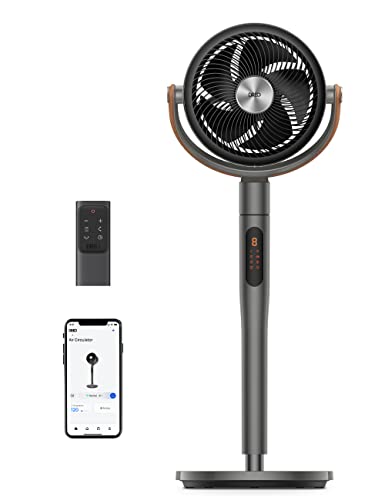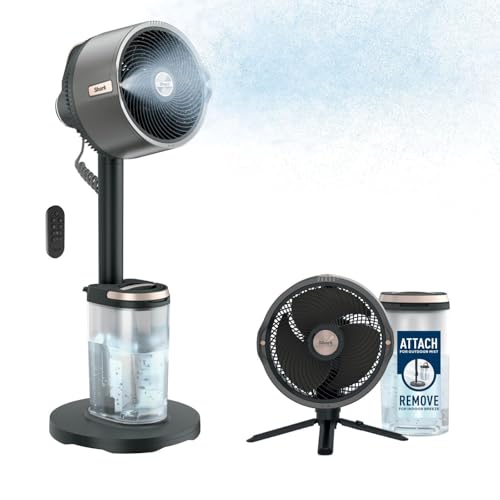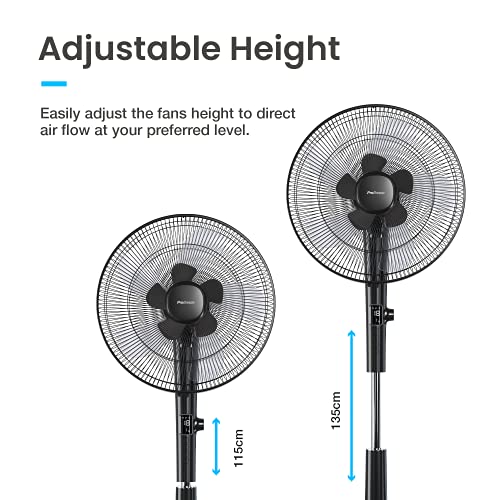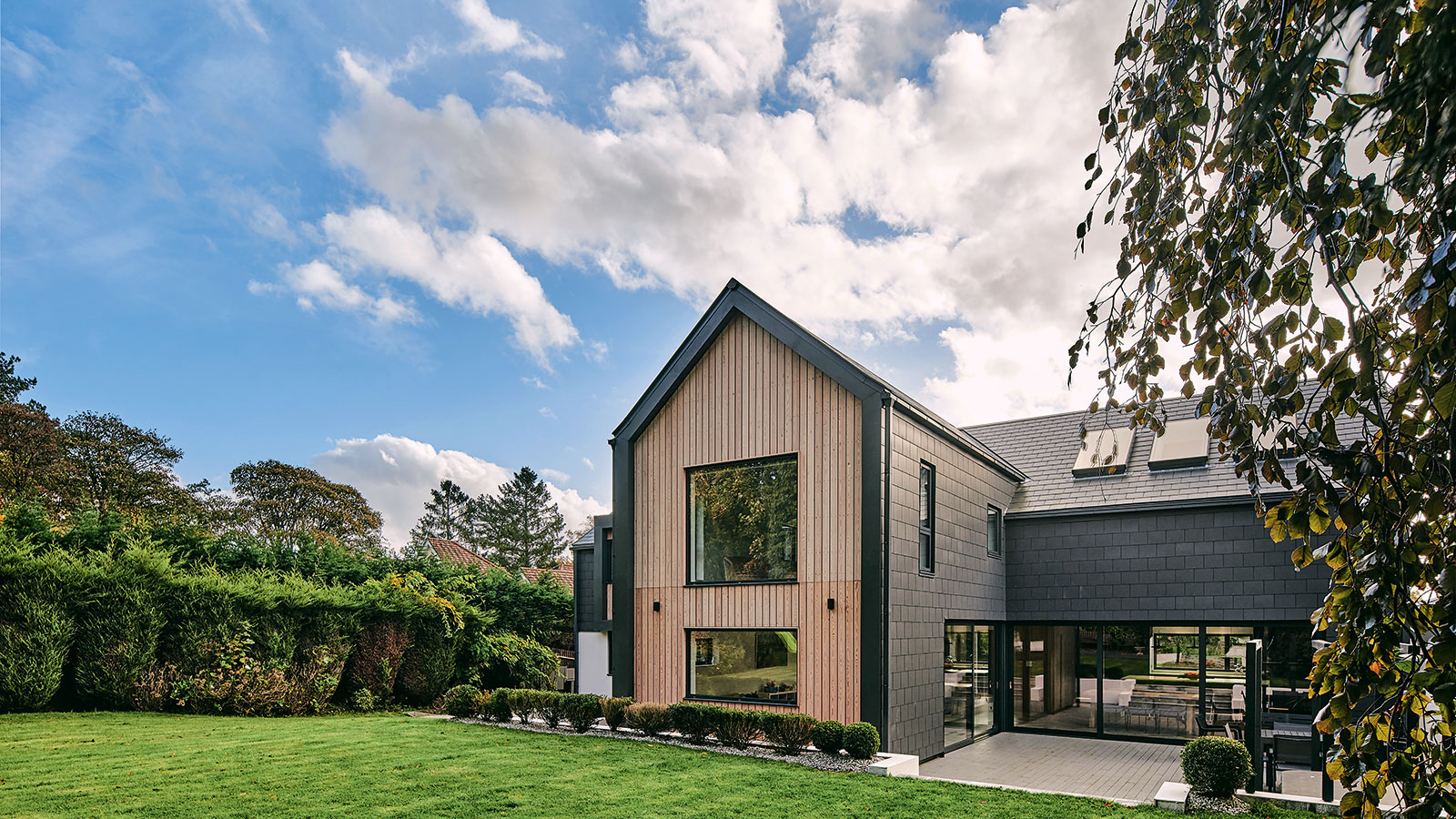Stay cool as a cucumber with these 7 heat-busting tips for keeping your rooms cool in a heatwave – even when you don't have air con
If you're scrabbling for ways to cool down your rooms in a heatwave, we've got you covered. From simple fixes you can do now, to bigger changes for the future, here's how to chill
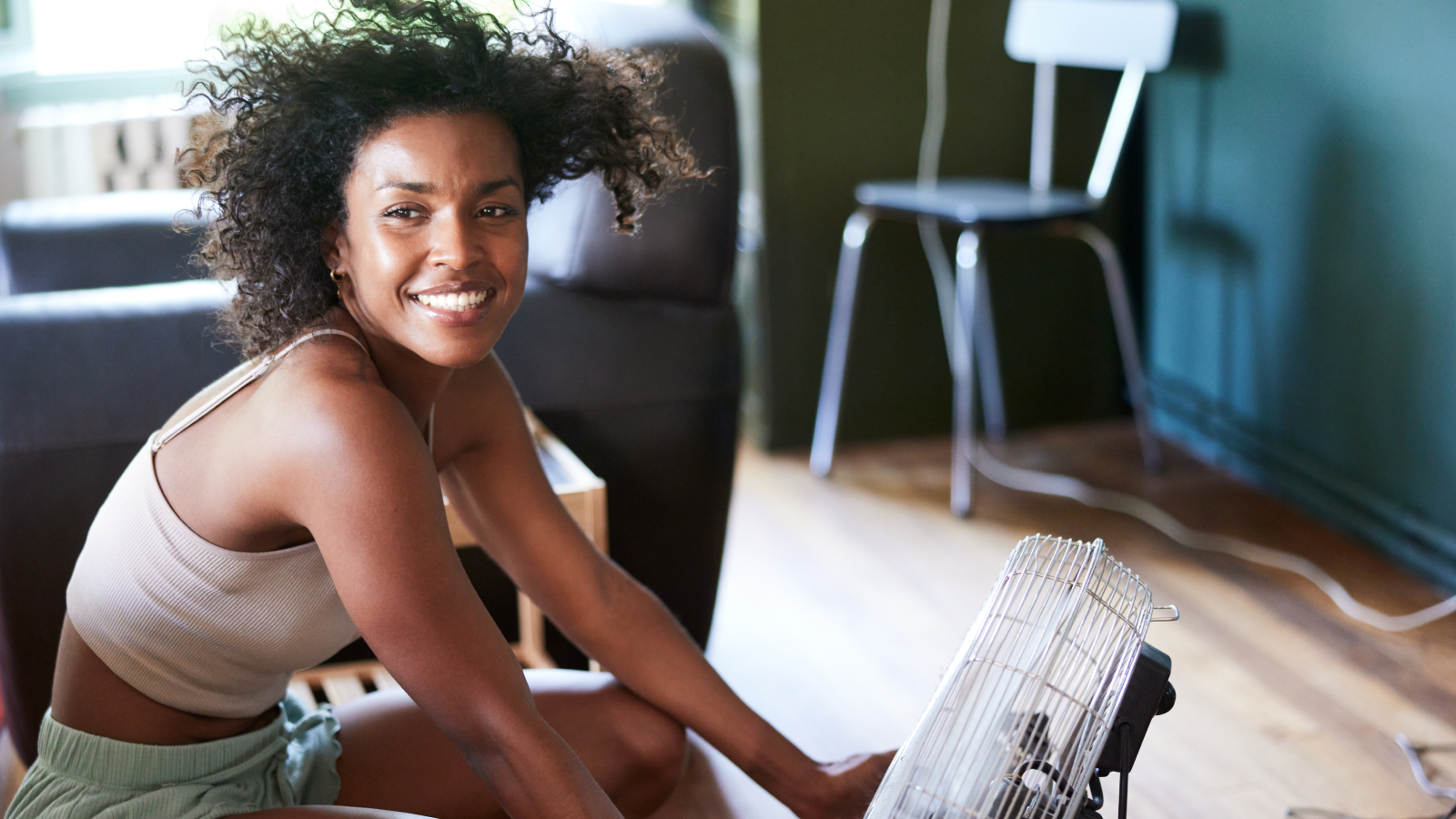
If the thought of how to cool down a room in a heatwave makes your brain begin to melt, you're not alone. As soon as the temperature rises it's not uncommon for homeowners to start searching for the nearest air con installer, wishing they'd considered it the last time the sun made an appearance.
The good news is, knowing how to keep a house cool in summer doesn't always have to involve a new piece of kit or an expensive retrofit. There are still quick and easy ways to stop a room getting too hot in the first place, and methods for cooling it down fast.
Whether you're after ways to keep your bedroom cool that don't just involve sleeping naked (although there's no denying that works), or want to avoid your kitchen turning into a sauna, here's our round up of expert tips so you can sit back and chill.
1. Even if you worship the sun, stop it from coming into your rooms
It may sound simple, but there's no denying that this is the number one rule for keeping a room cool without air con. If the sun is shining, as much as you might enjoy seeing the sun's rays beating through your window, one of the best ways to prevent overheating in homes, is simply to close windows, blinds or shutters.
However, you don't always need to have them closed all day. You can manage it more effectively by understanding the orientation of your room, advises Helen O’Connor, Product Manager at 247 Blinds
“During heatwaves, make sure you keep the blinds closed from 10am until 3pm in south-facing rooms. East-facing rooms would benefit from having the blinds closed earlier on in this timeframe as they get the morning sun, while west-facing rooms may get warmer during the late afternoon.”
To get the most out of this method, you could also consider investing in thermal blinds and curtains, or blackout versions. John Lewis has a wide range of blackout blinds, available in wide selection of sizes and colours.
Bring your dream home to life with expert advice, how to guides and design inspiration. Sign up for our newsletter and get two free tickets to a Homebuilding & Renovating Show near you.
“Thermal curtains are a great all-year-round investment too, as they keep in the warmth in the winter, but block out light and heat in the summer," adds Helen. "During a hot spell, your first reaction might be to open your windows to get fresh air flowing, but this can often lead to heat seeping into your home. Thermal curtains and blinds do a great job of reducing the amount of heat that gets in as well as any cool air escaping, making it easier to maintain a comfortable inside temperature.”
The added bonus of closed blinds and curtains? If you don't want to retrofit fly screens, closed window coverings can also help to keep out flies and pests which can also invade your home during the summer months.
My personal favourite? Window shutters. I've got shutters in my apartment and they are great at keeping out the direct heat, while still letting in enough light and breeze so that I'm not wandering around in the dark all day, or stifling in stale air.
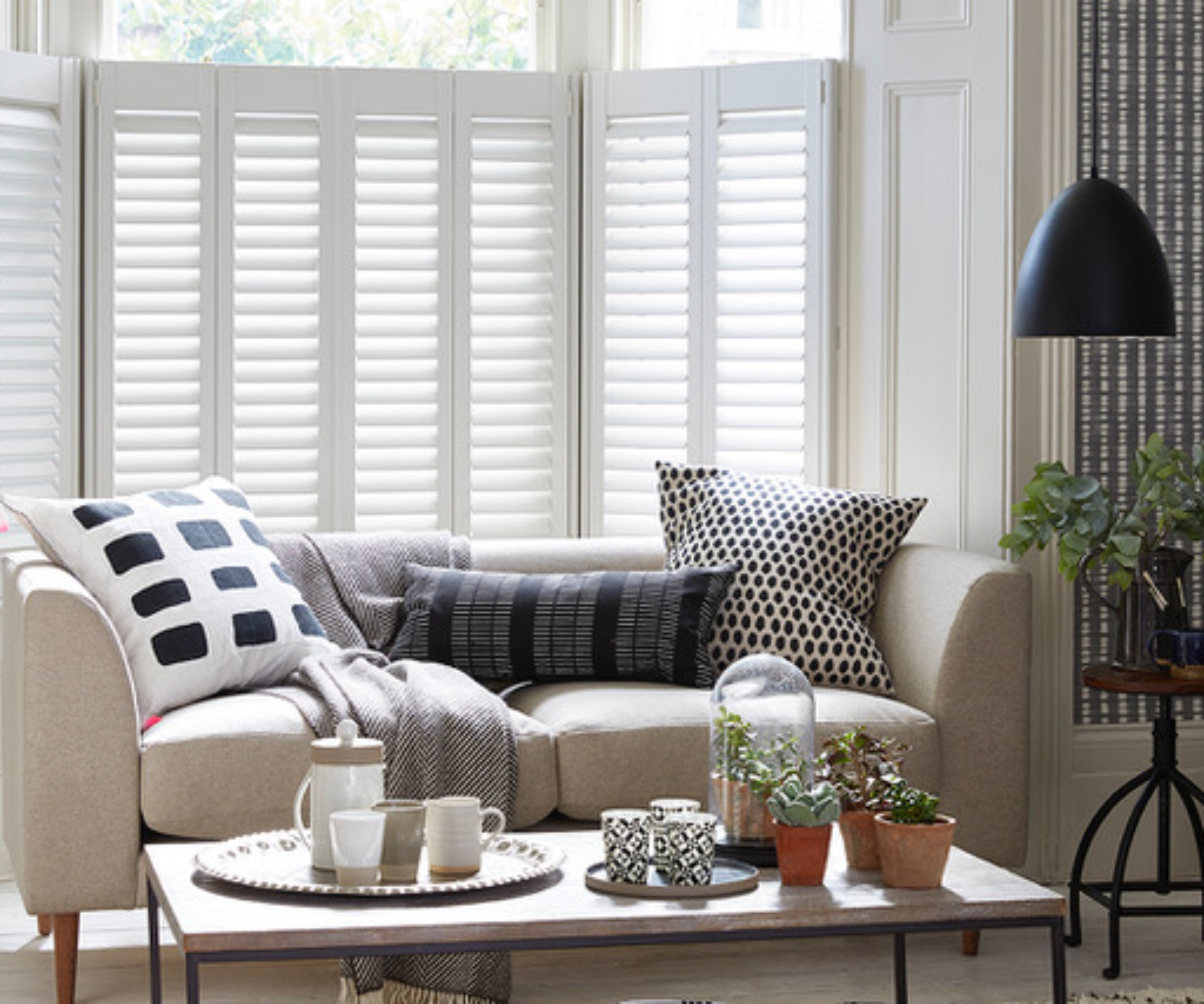

Helen O’Conner is the product manager at the Yorkshire-based company 247 Blinds and 247 Curtains. Helen is a self-confessed ‘blind nerd’ who has over 10 years experience in the window dressing industry
2. Find a fan – and use it correctly, or even fake it for the ultimate hack
Although fans don't actually cool the air in a room in the same way air conditioning does, they do offer a welcoming breeze and can help to keep your body temperature down.
You might think that all that is involved with using a fan is to plug it in then direct it at your face, but that's where you could be going wrong.
In order to get the most out of your new fan, be sure to point your fan so that it wafts air in an upwards direction. The reasoning behind this is that cooler air settles at floor level, while warm air rises – by directing the fan upwards you will bring that air up into the room.
Better still, choose an oscillating fan such as the MeacoFan Sefte Pedestal Fan that turns on both a vertical and horizontal axis, ensuring air flows in all directions.
And, of course, if you're looking for the ultimate fan hack, don't forget to make sure you 'fake it 'til you make it'.
“Sometimes, if feels like nothing will work other than a freezing cold air conditioning unit," says Georgia Metclafe, founder and creative director of The French Bedroom. "Of course, we can’t all have those in our homes, so a handy tip is to pop a bowl of ice cubes in front of your fan to achieve a cool breeze as it circulates the room, faking that air conditioning experience!"
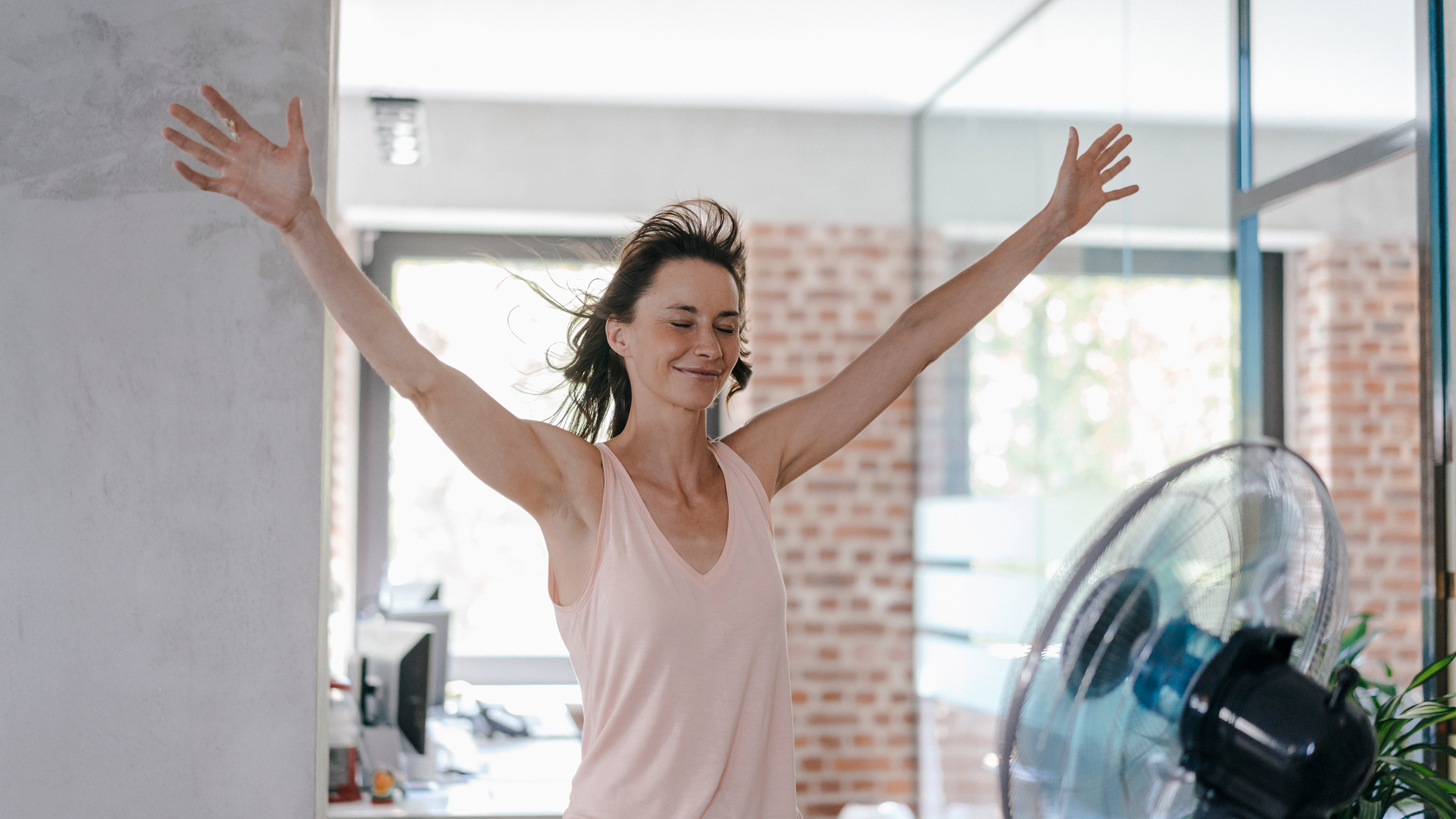

Georgia was inspired from an early age by the green countryside, rolling hills and gorgeous cottages, all of which left her with a love of the style. An life-long interest in architecture and design eventually led to her leaving a career in PR interior design to set up her own company selling romantically styled French beds and furniture.
Shop these fans to help cool down a room
3. Harness the power of cross ventilation — it's fast and free
This is a great, free tip that anyone can do, right this minute. Creating a cross breeze in the room you are trying to cool is an easy method of home ventilation that will help to expel the warm air. It can be particularly effective for cooling down a room later in the day as the outside air temperature drops.
So, just how do you create a cross breeze? Simply open the windows on one side of the room in question, then open those on the other side in order to create an air current that swishes across the room, taking muggy warm air with it and expelling it though the opposing window.
If you only have windows on one side of the room, simply open the door or doors on the opposite wall instead and open the window in the next room along.
A top tip for homeowners with sash windows? "Open both the top and lower sections in equal measures as they will draw cooler air in at the bottom and let warm air out via the top," says Beth Murton, editor of Homebuilding & Renovating.
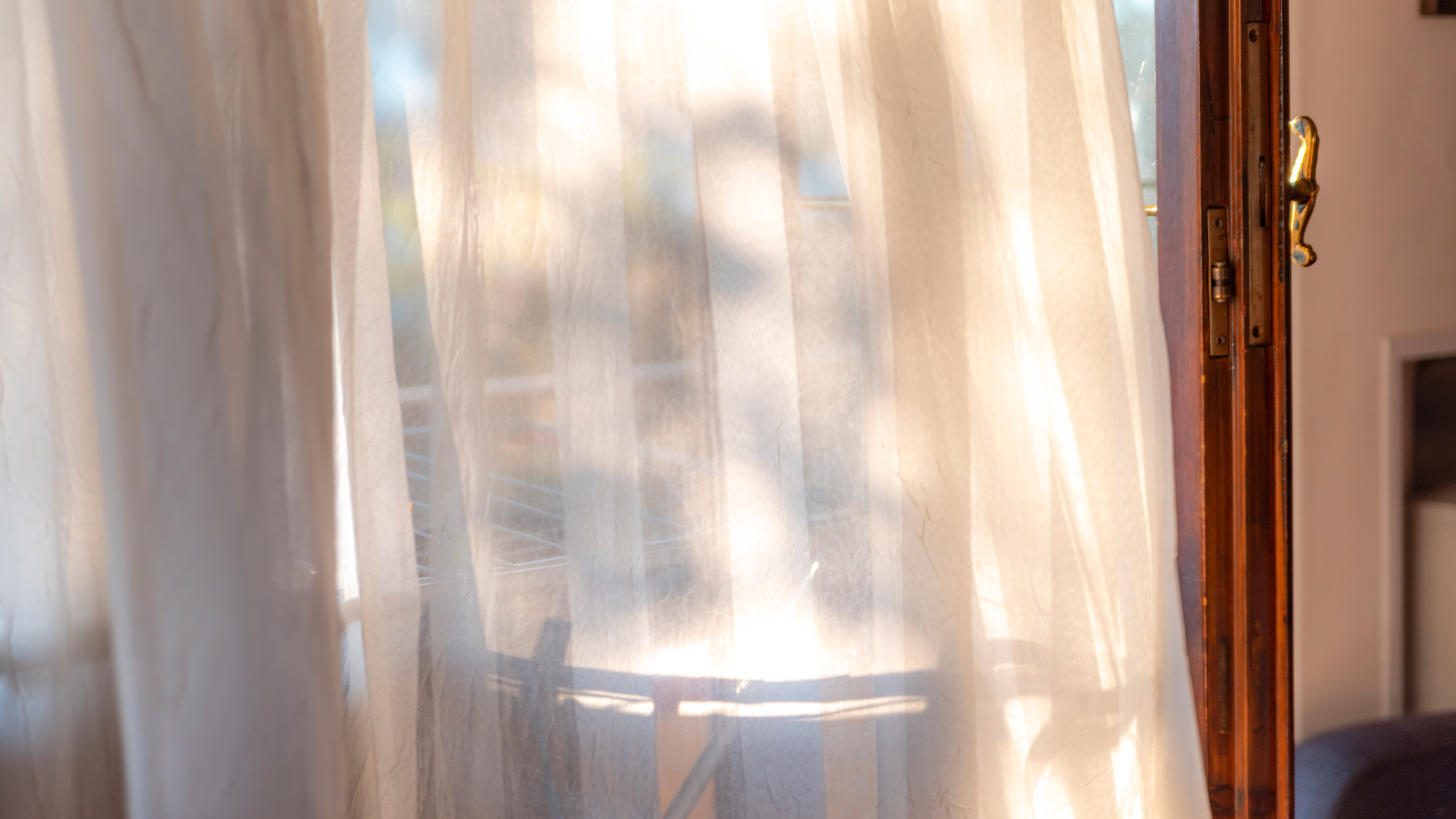
4. Invest in a portable air con unit
Although you may have held off buying a portable air conditioning unit before now, with the effects of global warming suggesting heatwaves will be a regular occurrence in our lives, it might well be the perfect time to put aside some budget and buy one in the next Amazon Prime Day sale on 8-11 July.
Yes, they are more expensive than simple electric fans, but there is a good reason for this. Rather than just wafting warm air around, air conditioning units actively lower the temperature in a room by drawing warm air in, passing it through a compressor then expelling the cooled air.
Look at the BTU rating of units – the higher the BTU (British Thermal Units) the larger the space they can cool. You can then identify whether the unit you are interested in is the right size for your room before purchasing. With good-quality models starting from between £200-£500, buying the wrong one will be an expensive mistake, so make sure you check out the best portable air conditioners before you fork out your cash.
One final thing to remember, a bit like tumble dryers, portable air conditioners must be vented to outdoors through a window or wall, so make sure you have a suitable location for your new room cooling kit.
5. Turn off, switch off and turn down
Although it's easy to leave everything on standby during the day, the reality is, all kinds of electrical appliances, when switched on, give off a little heat.
From the more obvious (ovens and hobs!) to the sneaky culprits, such as televisions on standby and phone chargers, all generate warmth. So, if you want to cool a room down, turn them off. You will save a few pennies in the process too.
And, even though it may seem a little darker with blinds and curtains drawn, it's still important to try and keep your lights switched off where you can. A particular source of heat that we often forget about is table lamps. So, if you want a good night’s sleep, take advantage of the lighter evenings and use a natural source of light to read in order to avoid the heat given off by that bedside lamp.
Changing the type of lightbulb you are using can also cool a room down, so be sure to check you are using ones that don't give off unnecessary heat.
“Conventional incandescent light bulbs generate light quite inefficiently, giving up to 90 percent of their energy as waste heat in the process," explains Matthew Currington, Technical Director of The Lighting Superstore. “LED bulbs will give off less heat as well as saving you money, making them the best investment in your lighting design.”
6. Add external shading to your list of DIY jobs
While not as instant a solution as some of the other tips, investing in an awning or some other form of external window shading is a great idea in an increasingly hot climate.
Retractable awnings are one of our favourite patio cover ideas as they are a really effective way of shading the windows or patio doors to a room from the glare of the sun.
What’s more, unlike more permanent methods of solar control, such as brise soleil, awnings can be folded away when not needed. And, forget about the old-fashioned designs that you might be thinking of – there are some really stylish modern alternatives out there these days which will really add to your patio design scheme.
Other quick and easy option, and one that our editor, Beth Murton is currently considering, is a sail shade, such as this Mokani Sun Sail Shade from Amazon. It can be attached to the exterior of your home and to posts located in your garden. More readily available and quicker to fit, it could also be an easy weekend DIY project if you have the right skills and kit.
7. Cool from above with a continental-style ceiling fan
Although ceiling fans are more often associated with homes in warmer climates and we've all probably enjoyed the breeze from one on holiday, the reality is, it could be a solution in UK homes too. And let's face it, wouldn't it be nice to feel a little like you're on holiday more of the time?
There's a wide range of options to choose from, such as this modern Manhattan Ceiling fan from Argos. Make sure you use a registered electrician to install it and try to choose one that you can control in a number of different ways, as one top tip is to set your ceiling fan to run in reverse (counter clockwise) for maximum results. By doing this, you will find the flow of air is directed downwards as opposed to outwards, giving a more concentrated breeze.
Do remember to turn your fan off when there is no-one in the room however, as fans don’t cool the air, only the people in it.
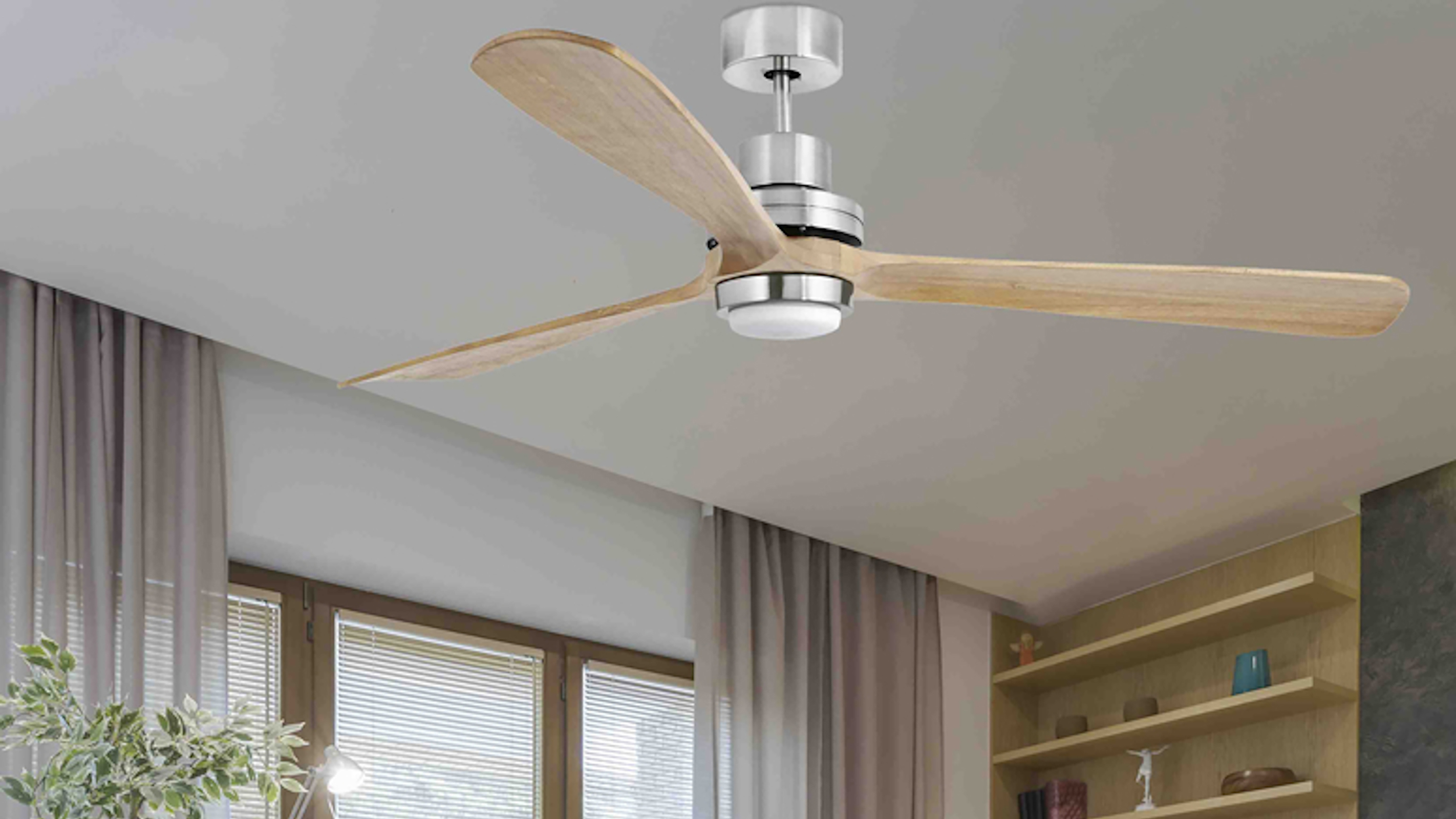
And finally, while the following tips are more about keeping you cool than the room, desperate times call for double the measures, so try these final few ideas in your bedroom too, says Georgina Metcalfe.
"The head is one of the hottest areas of the body and a firm pillow will allow the heat to disperse easier. It sounds unconventional but popping your pillowcase into the freezer (in a sealable plastic bag so it doesn’t get wet) just before bedtime is a wonderful way to cool down – true bliss!
"Alternatively, fill a hot water bottle with freezing cold ice water to pop inside your pillowcase," suggests Georgina. "It’ll keep your temperature down so you sleep soundly through the night."
If on the other you're designing your home from scratch and want to make sure you don't ever have the need to read advice on how to keep a room cool, it could be worth considering if an air to air heat pump could be an option as they provide you with both heat and cool air. Or, if you've already had a quote for air conditioning, make sure it's in line with our expert guide to air conditioning costs.

Sarah is Homebuilding & Renovating’s Assistant Editor and joined the team in 2024. An established homes and interiors writer, Sarah has renovated and extended a number of properties, including a listing building and renovation project that featured on Grand Designs. Although she said she would never buy a listed property again, she has recently purchased a Grade II listed apartment. As it had already been professionally renovated, she has instead set her sights on tackling some changes to improve the building’s energy efficiency, as well as adding some personal touches to the interior.
